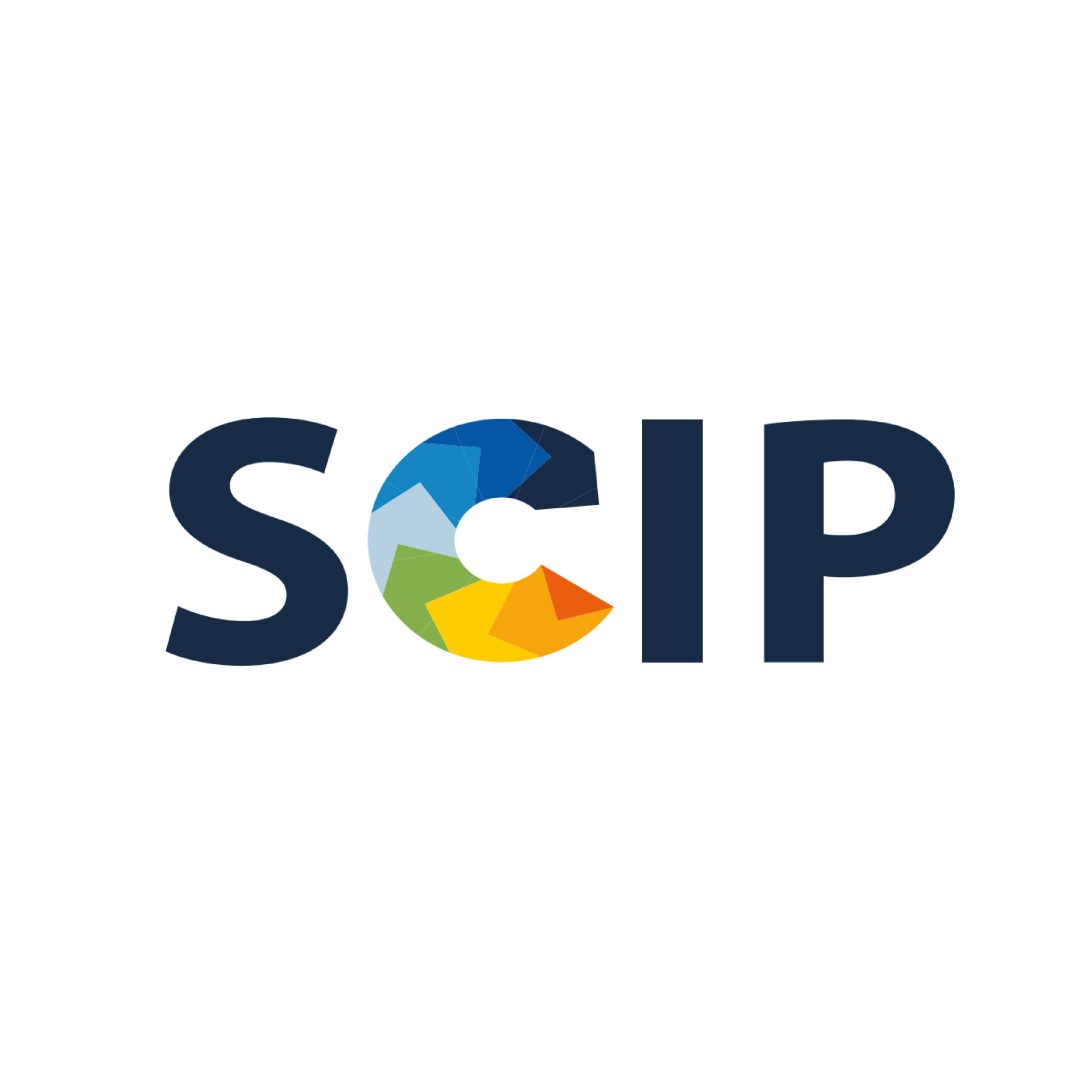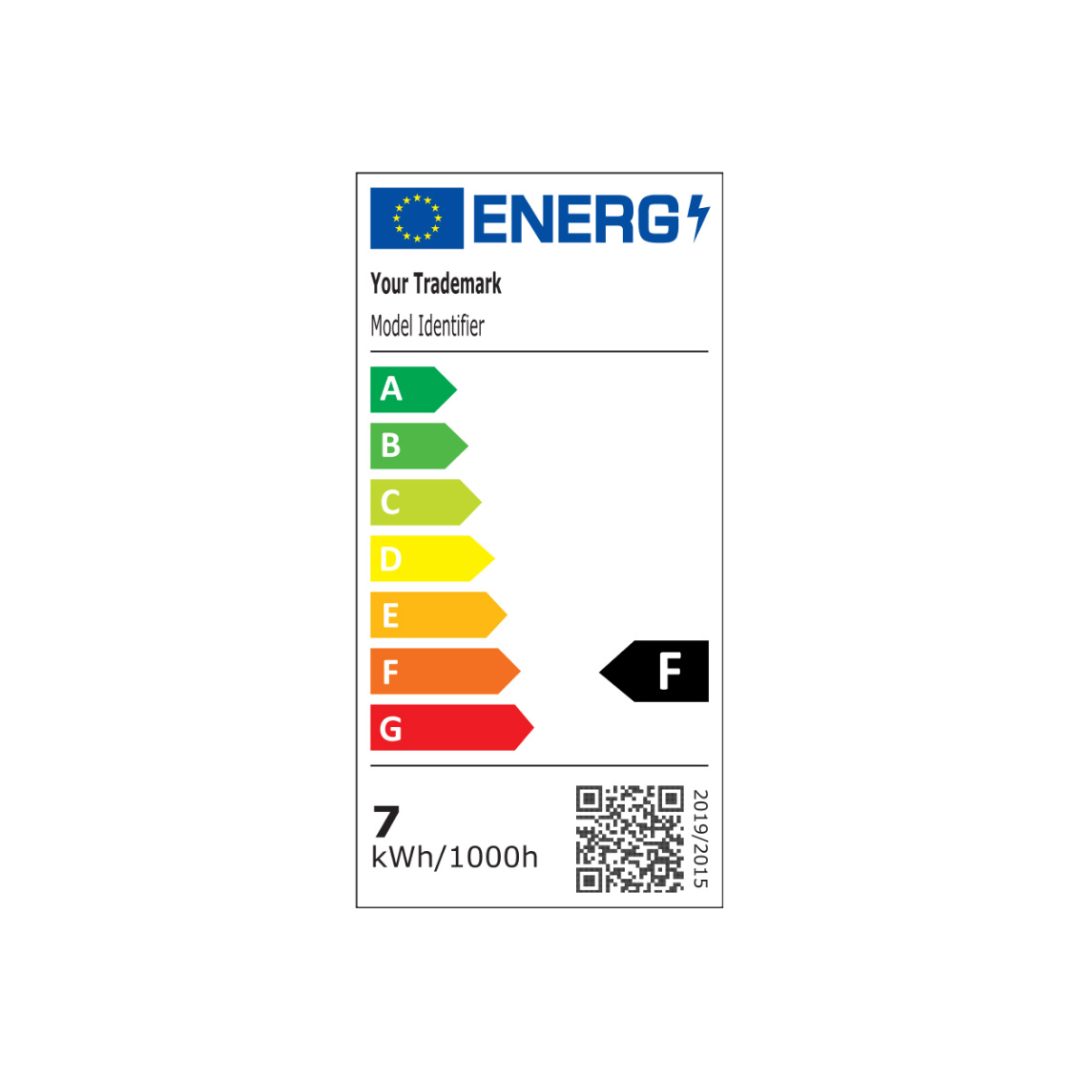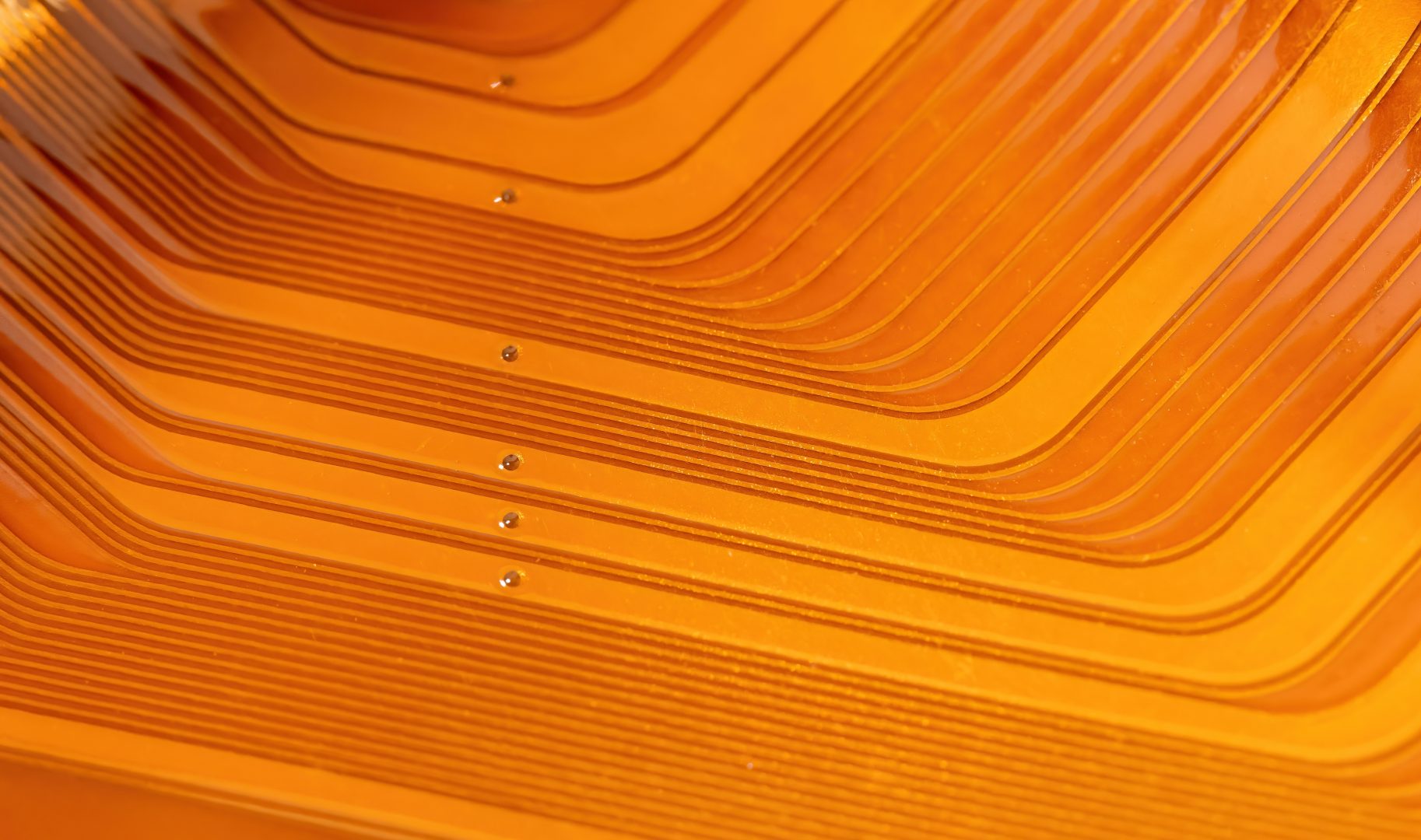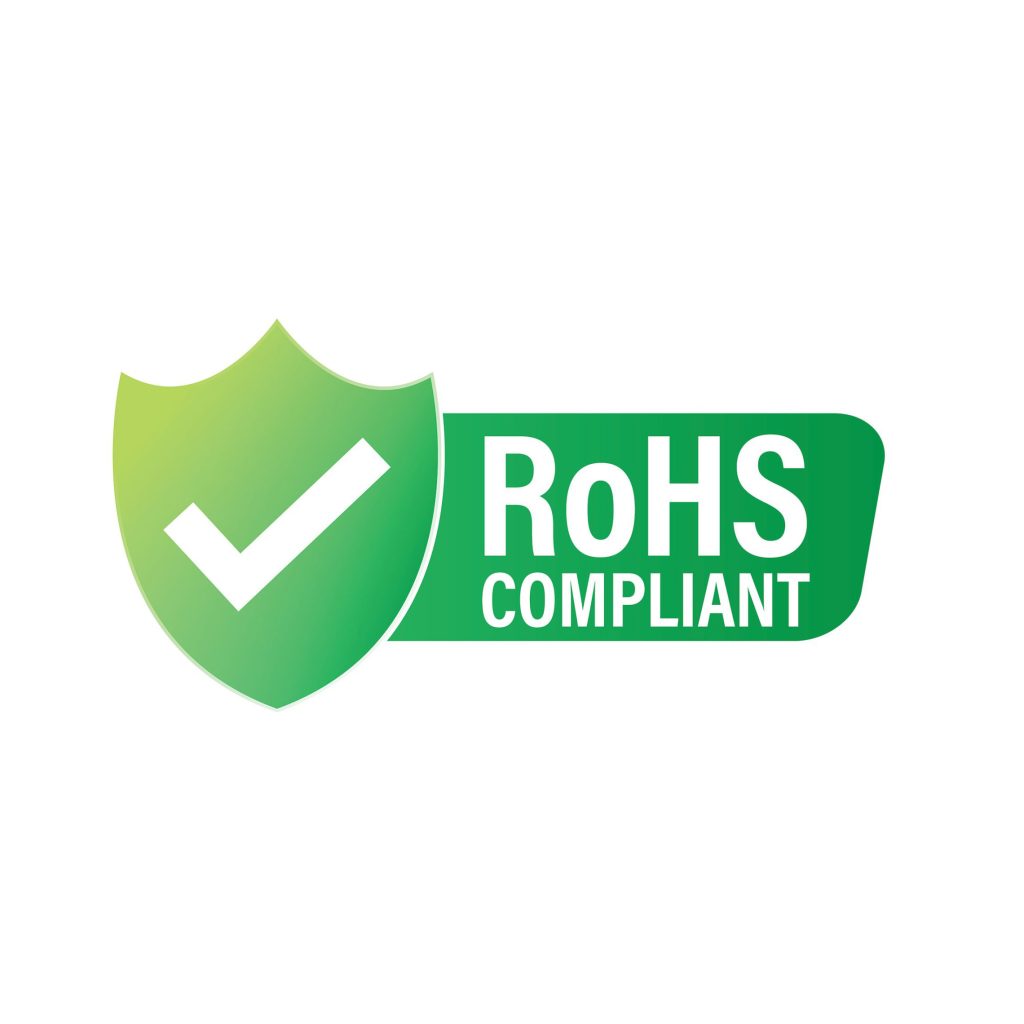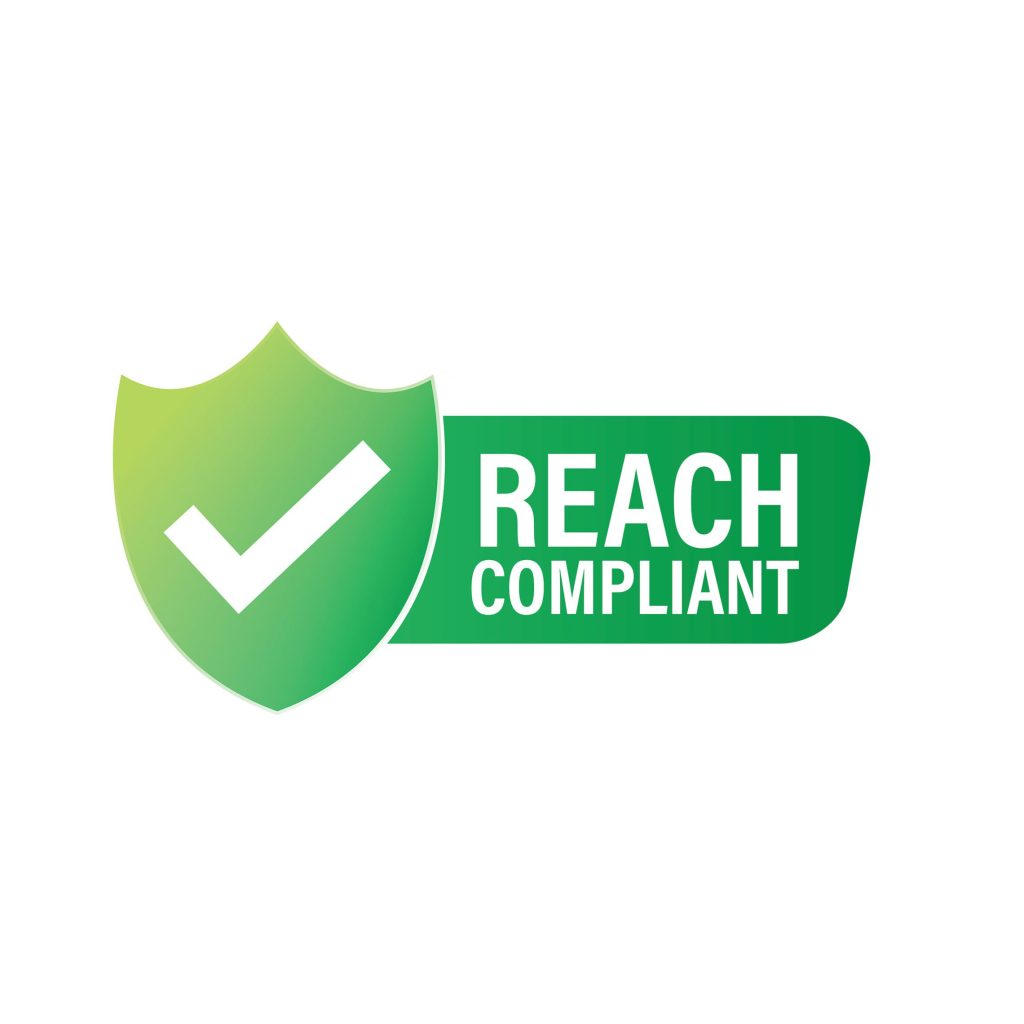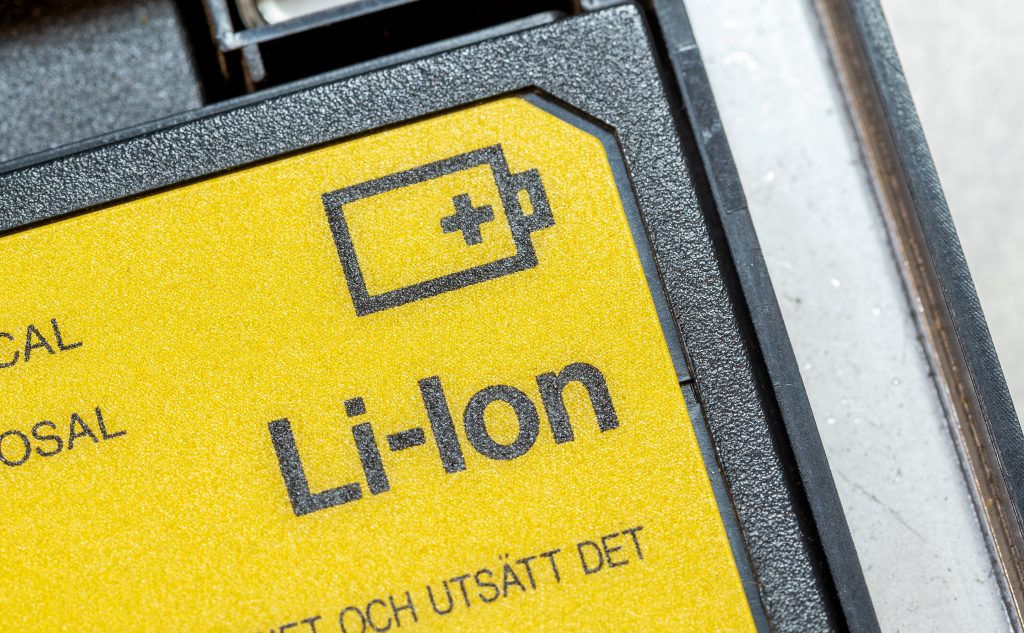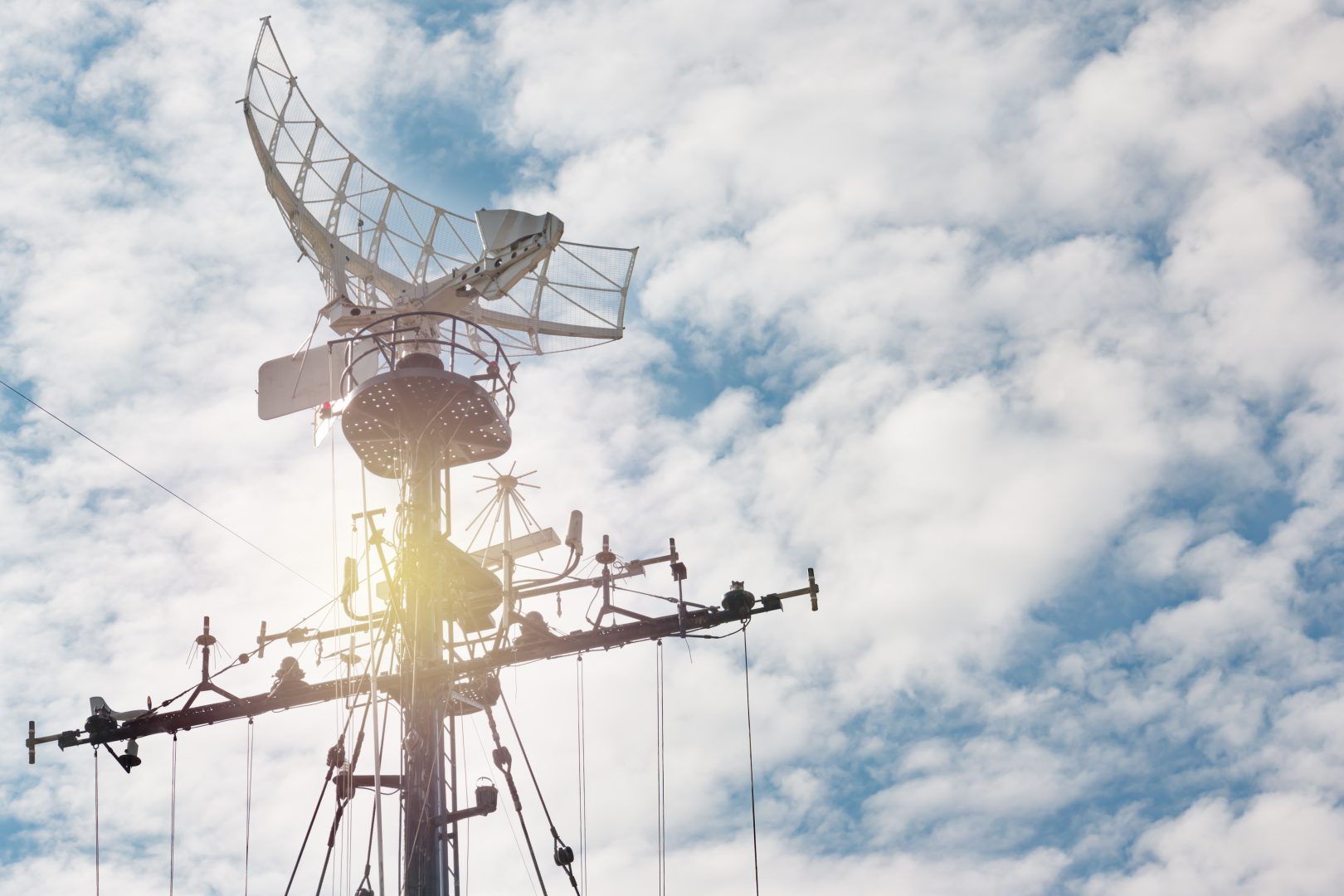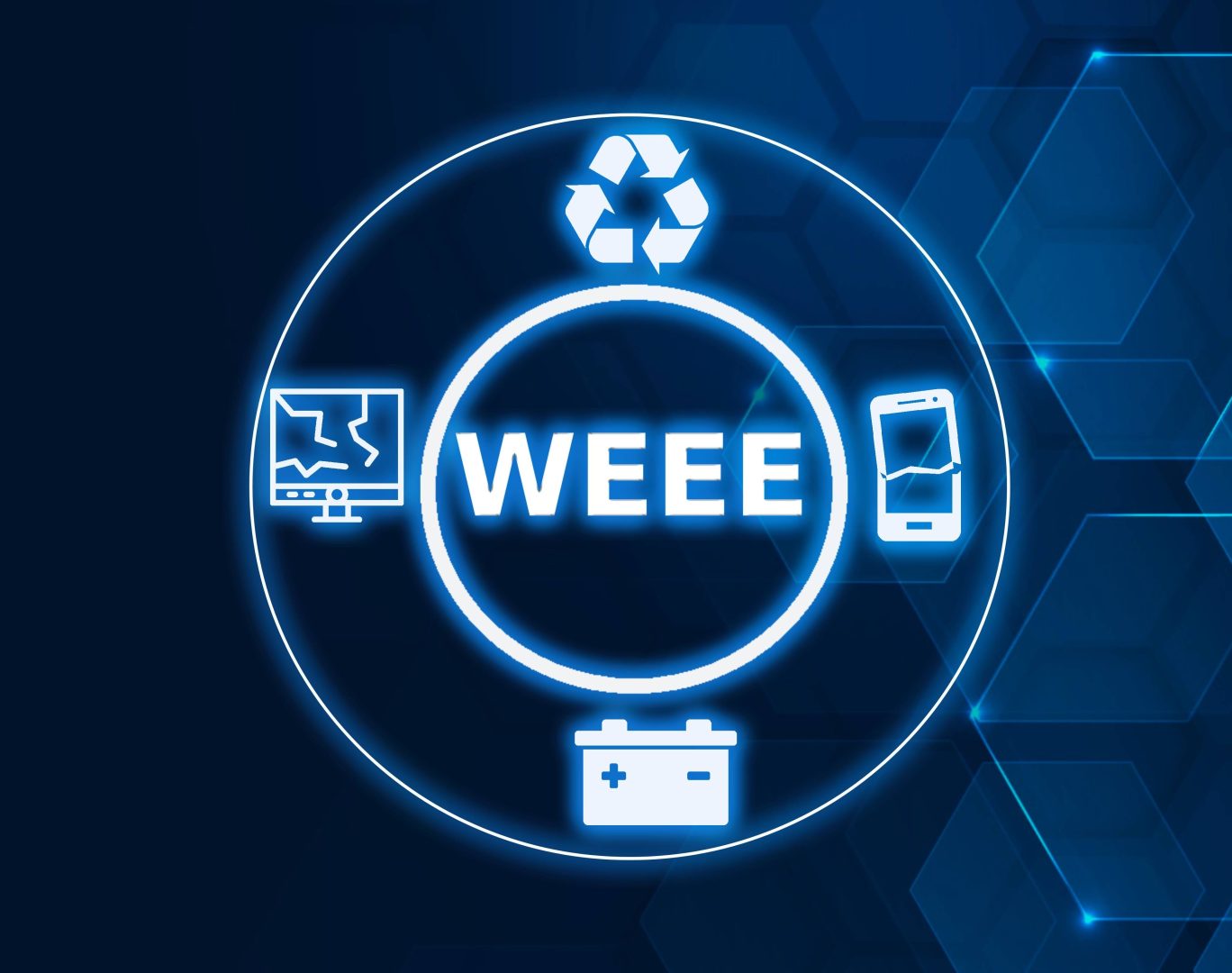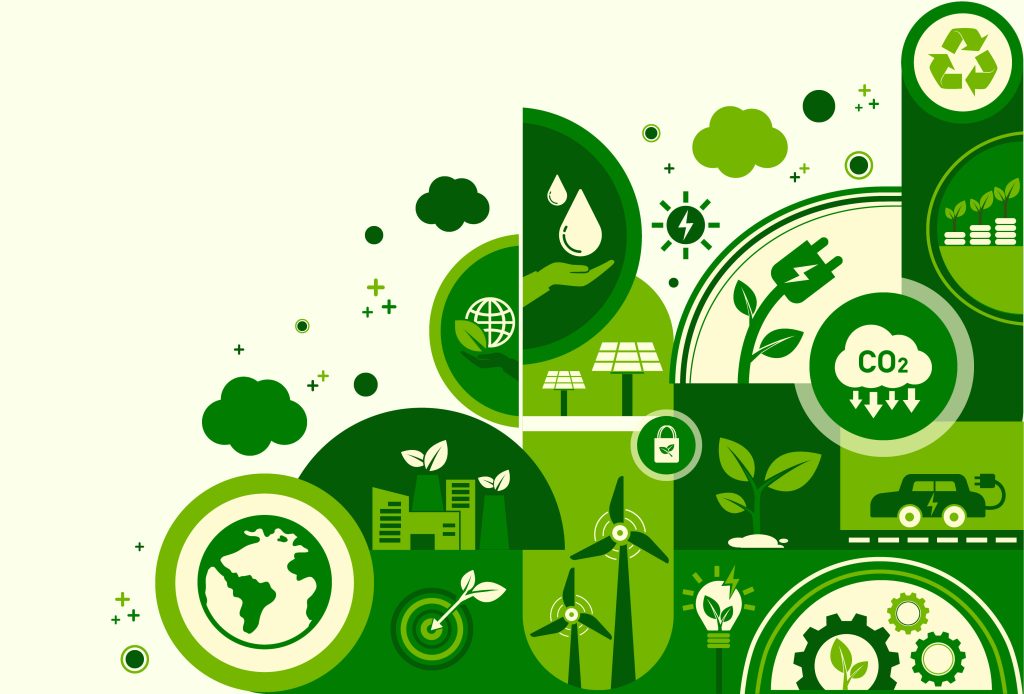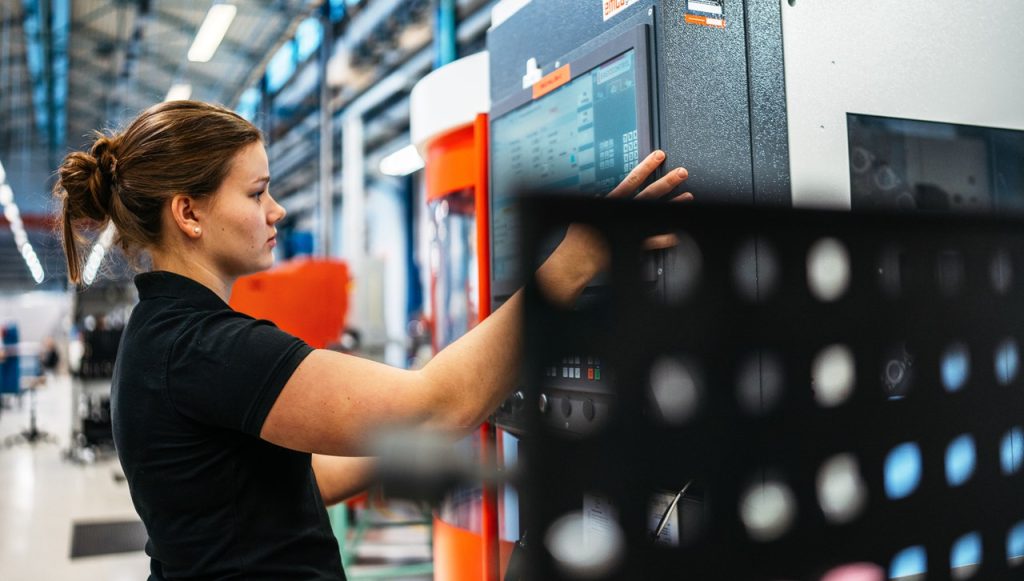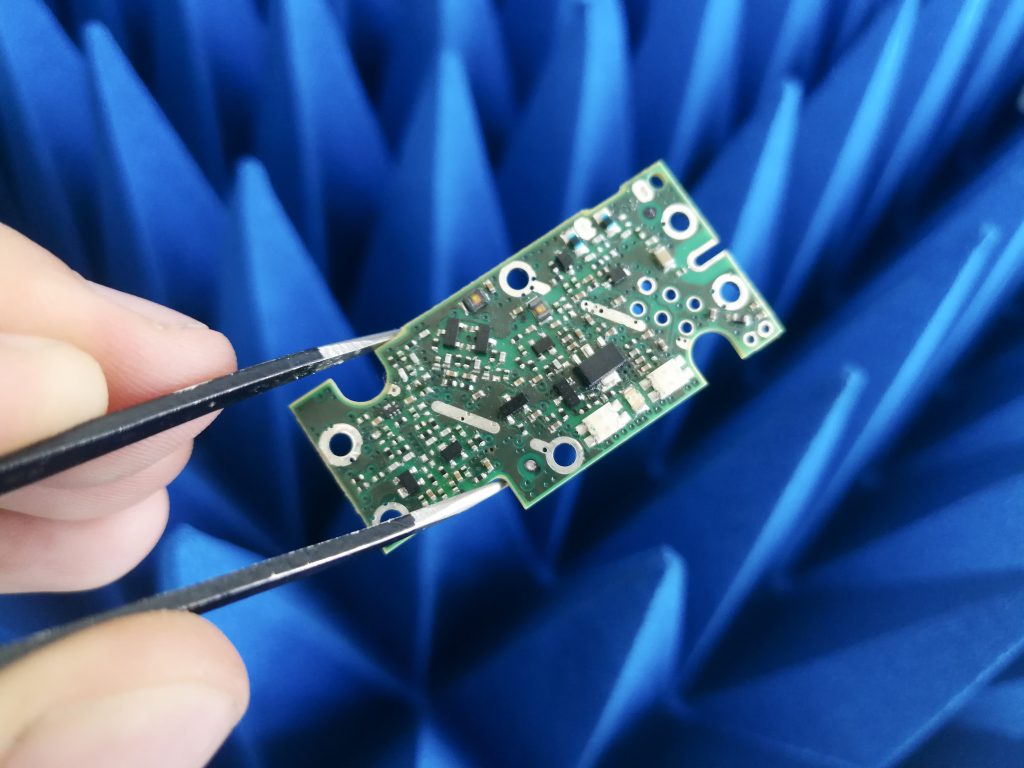The Act on Tax on Chemicals in Certain Electronics
Everyone who professionally handles electronics needs to see if and how they are affected by this law. The law covers all electronics that are classified according to the so-called CN codes specified in the law, based on the customs nomenclature that applied on January 1, 2015. It is therefore important to have the correct CN code classification.
The chemicals issue is technically difficult and the law includes an excise tax based on the EU's customs codes, which are difficult to interpret. We have therefore seen it as an important task to facilitate understanding of the requirements in the law. Svensk Elektronik has, in collaboration with Teknikföretagen and other relevant industry organizations, produced a fact sheet. Teknikföretagen has also produced an FAQ document. You can find these on the member-internal page.

